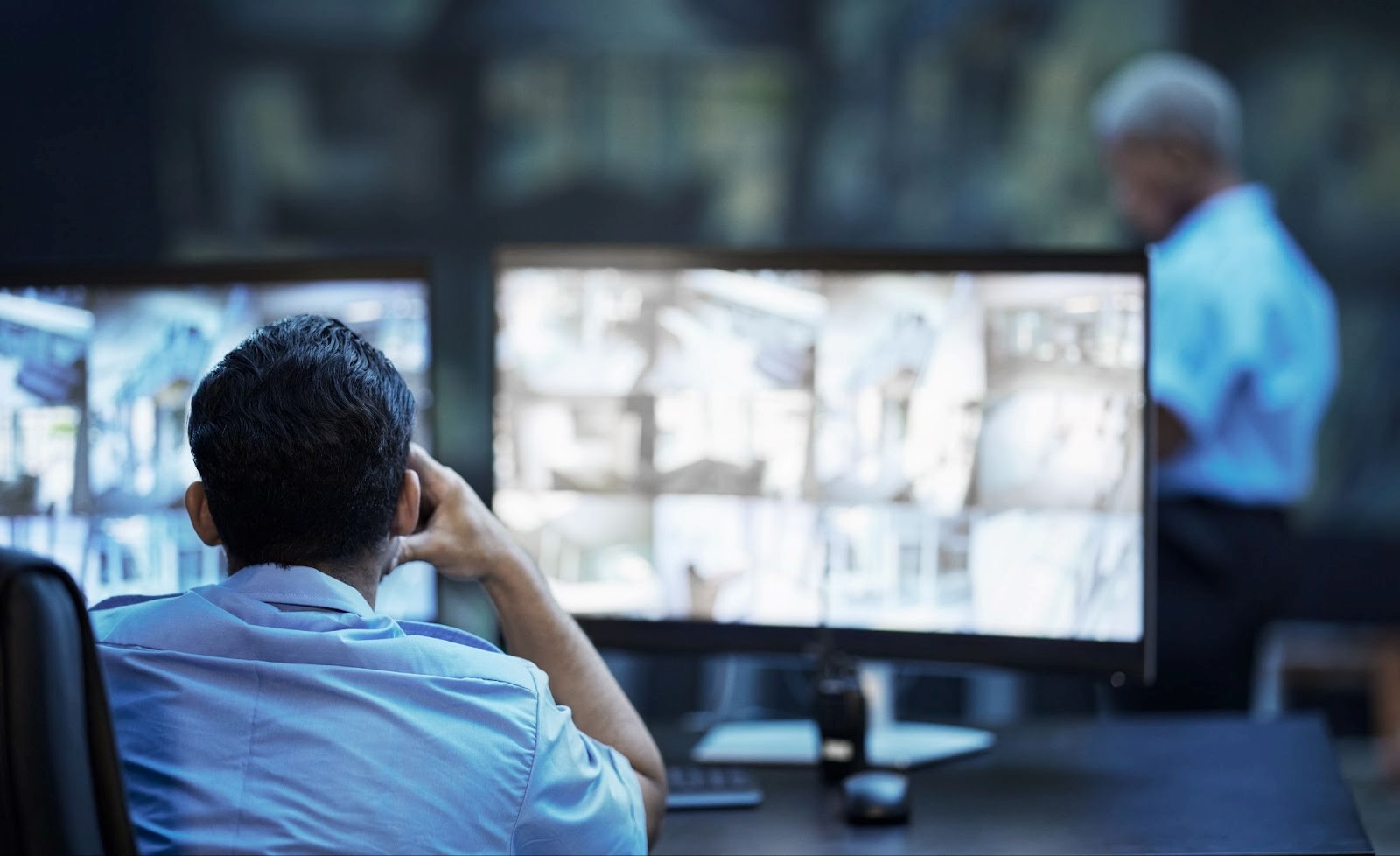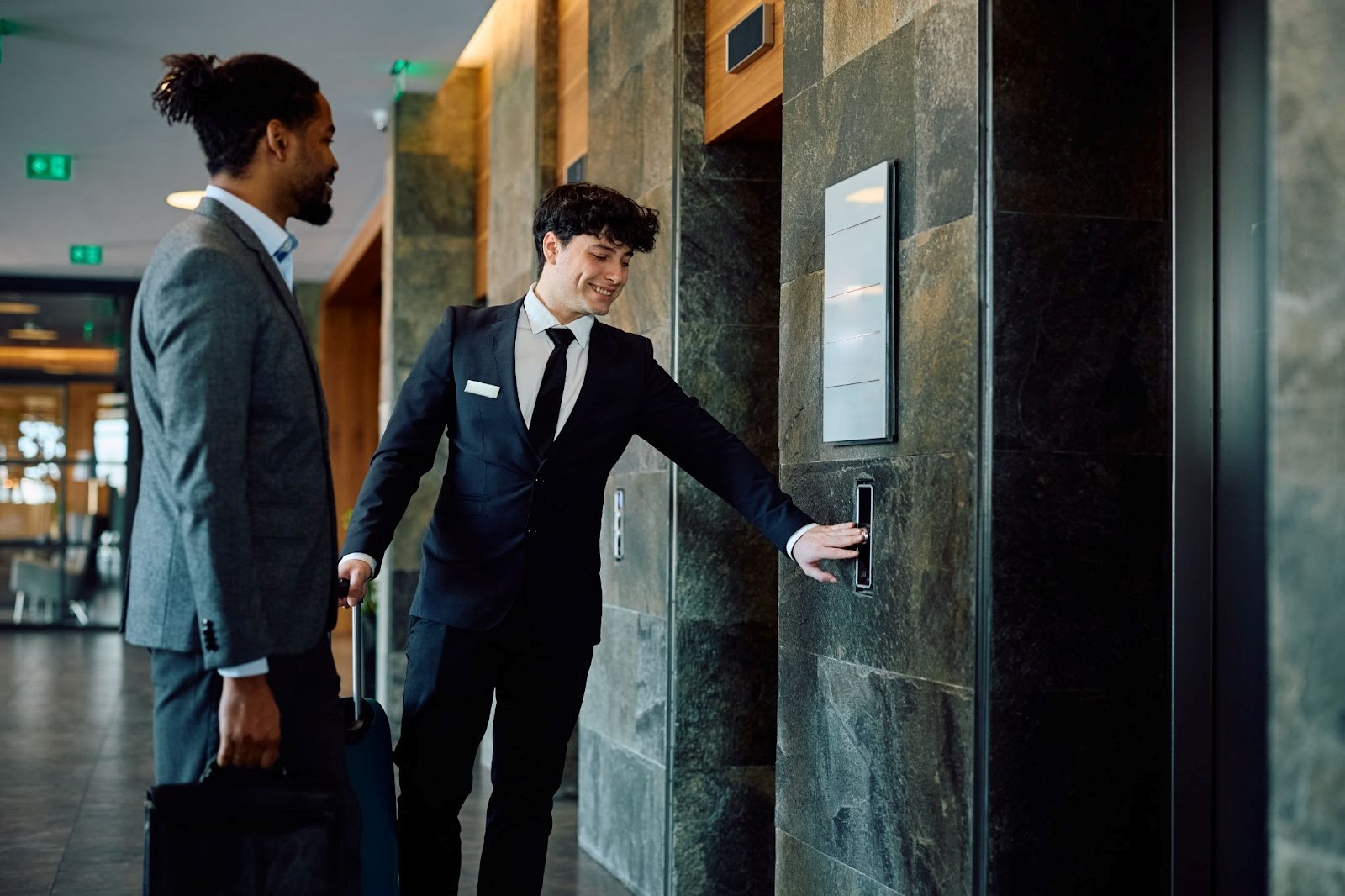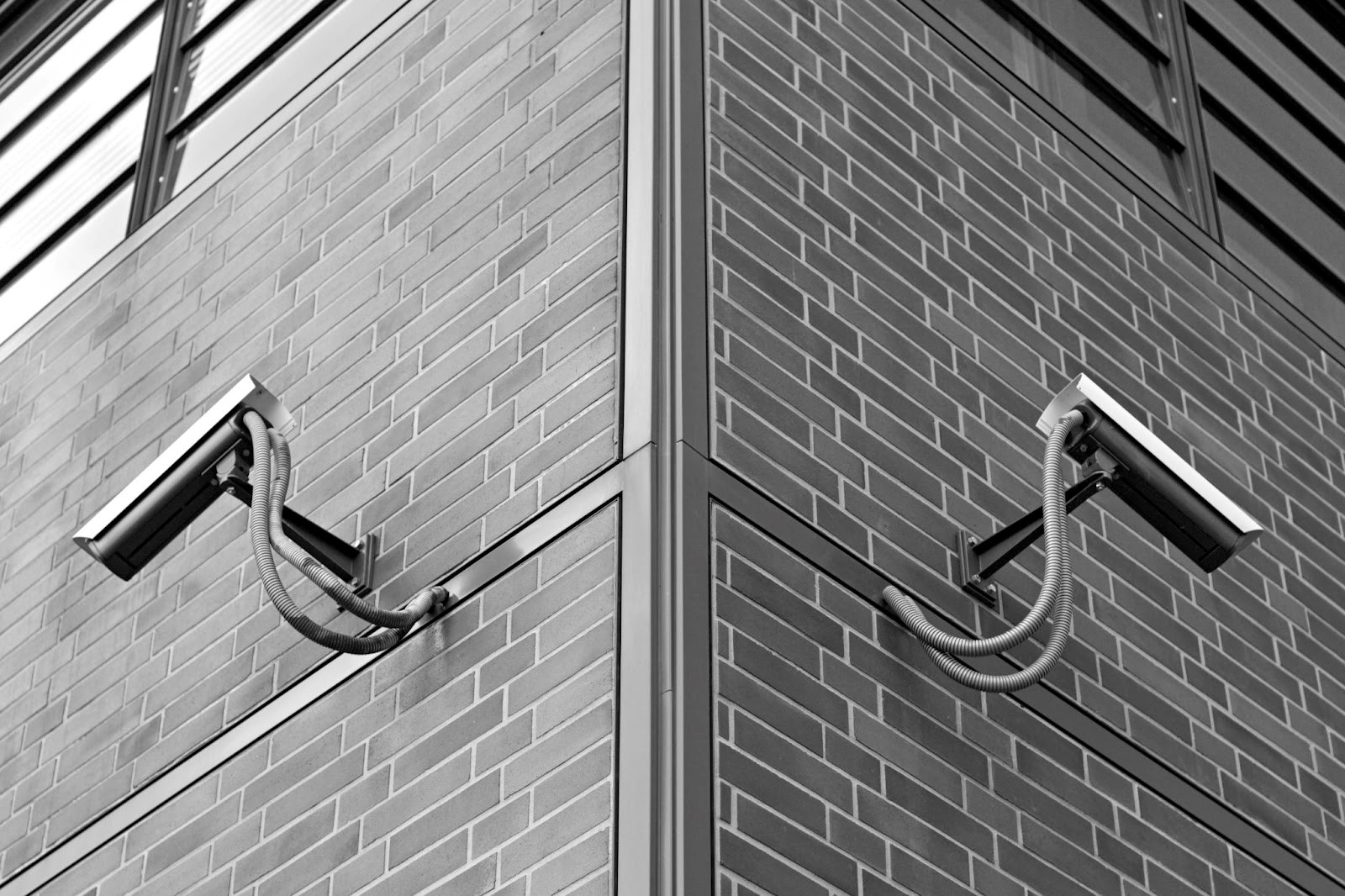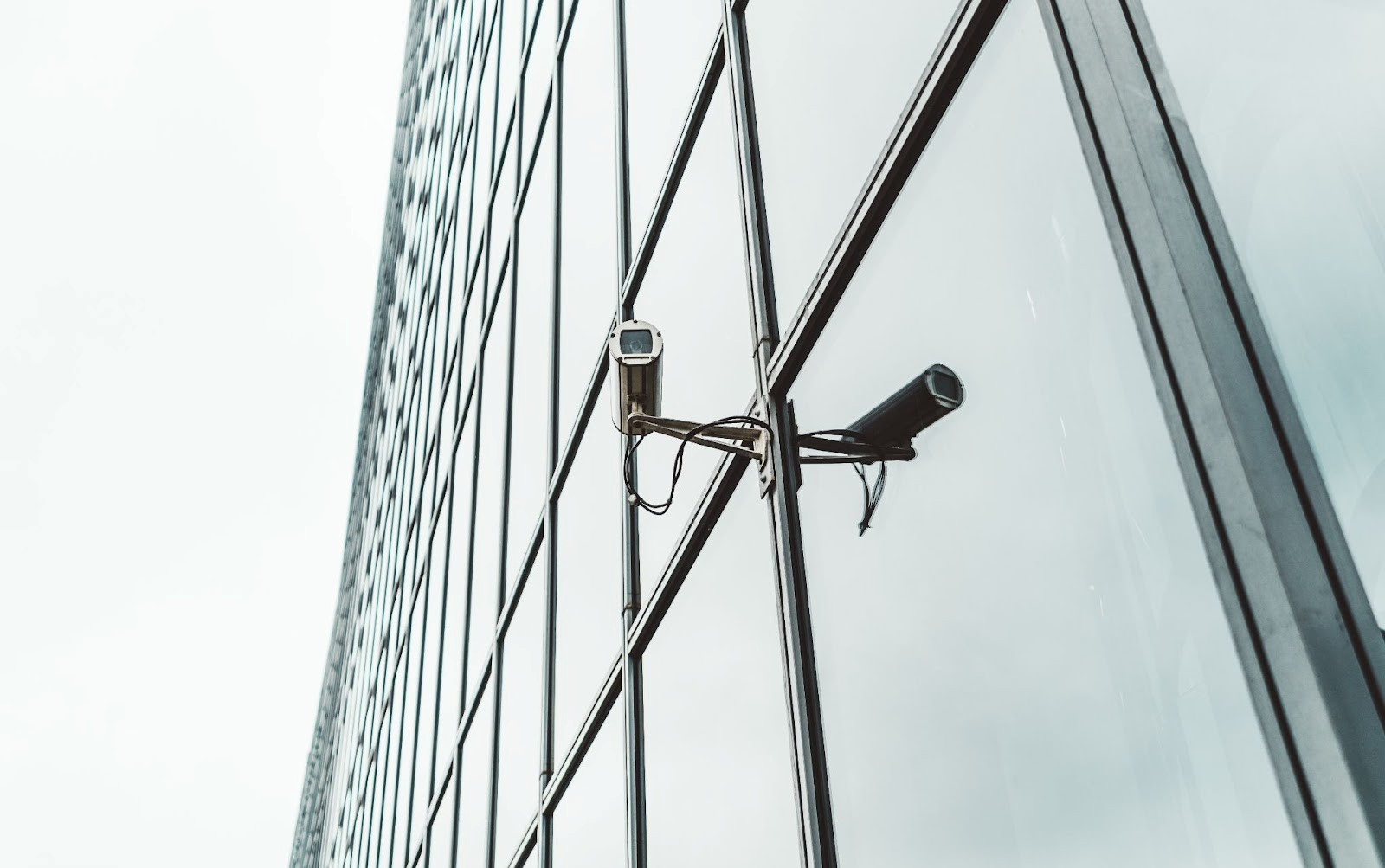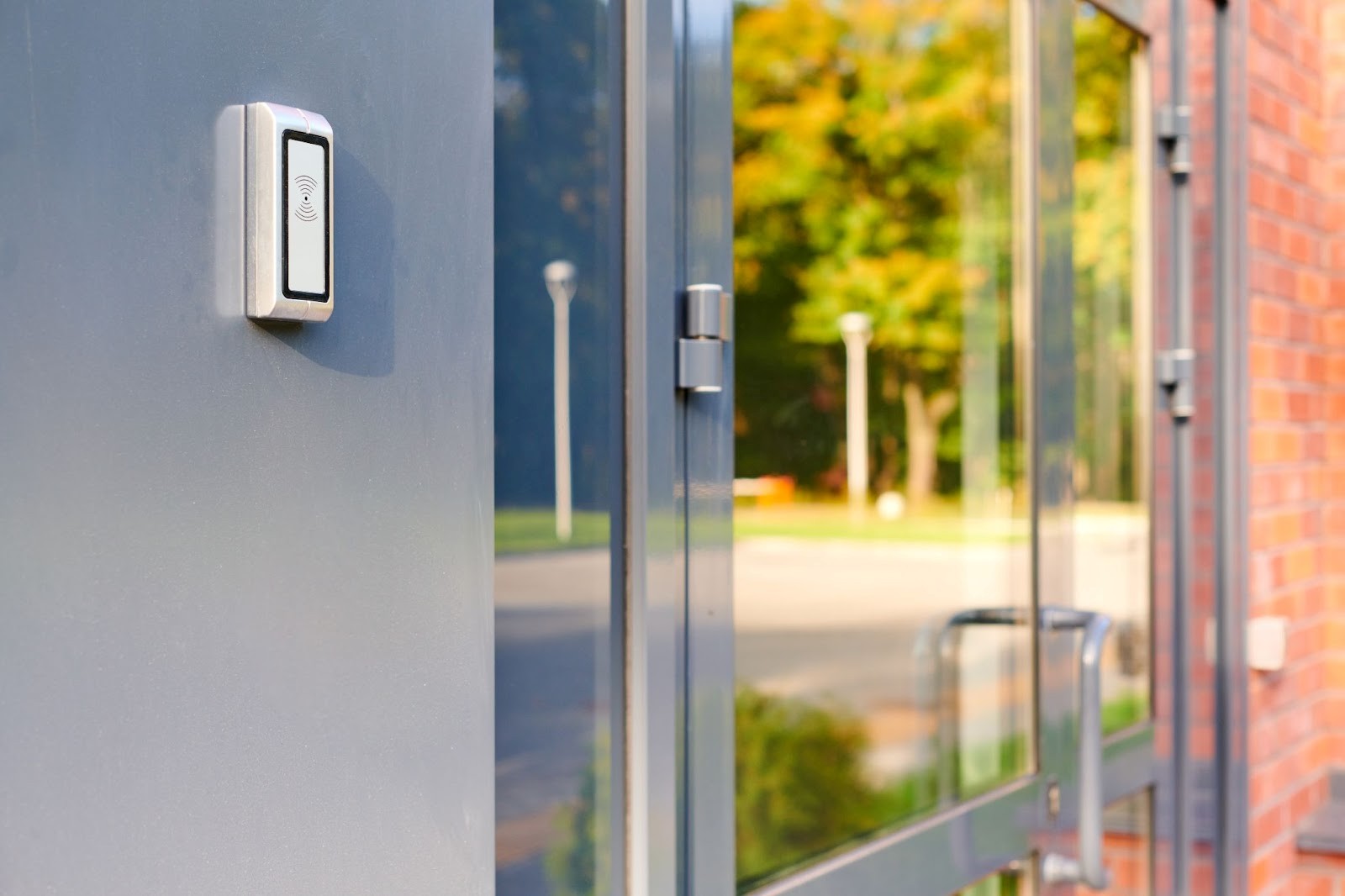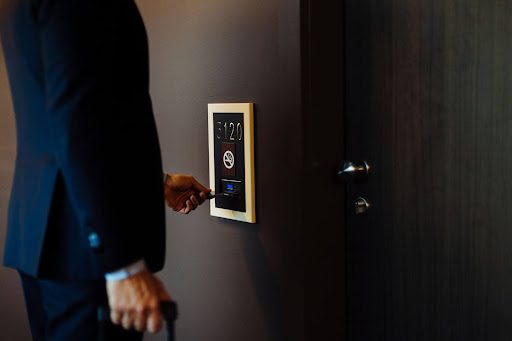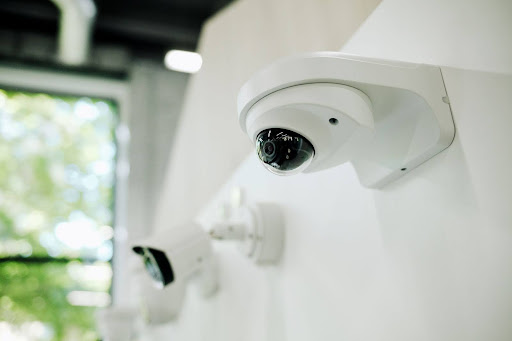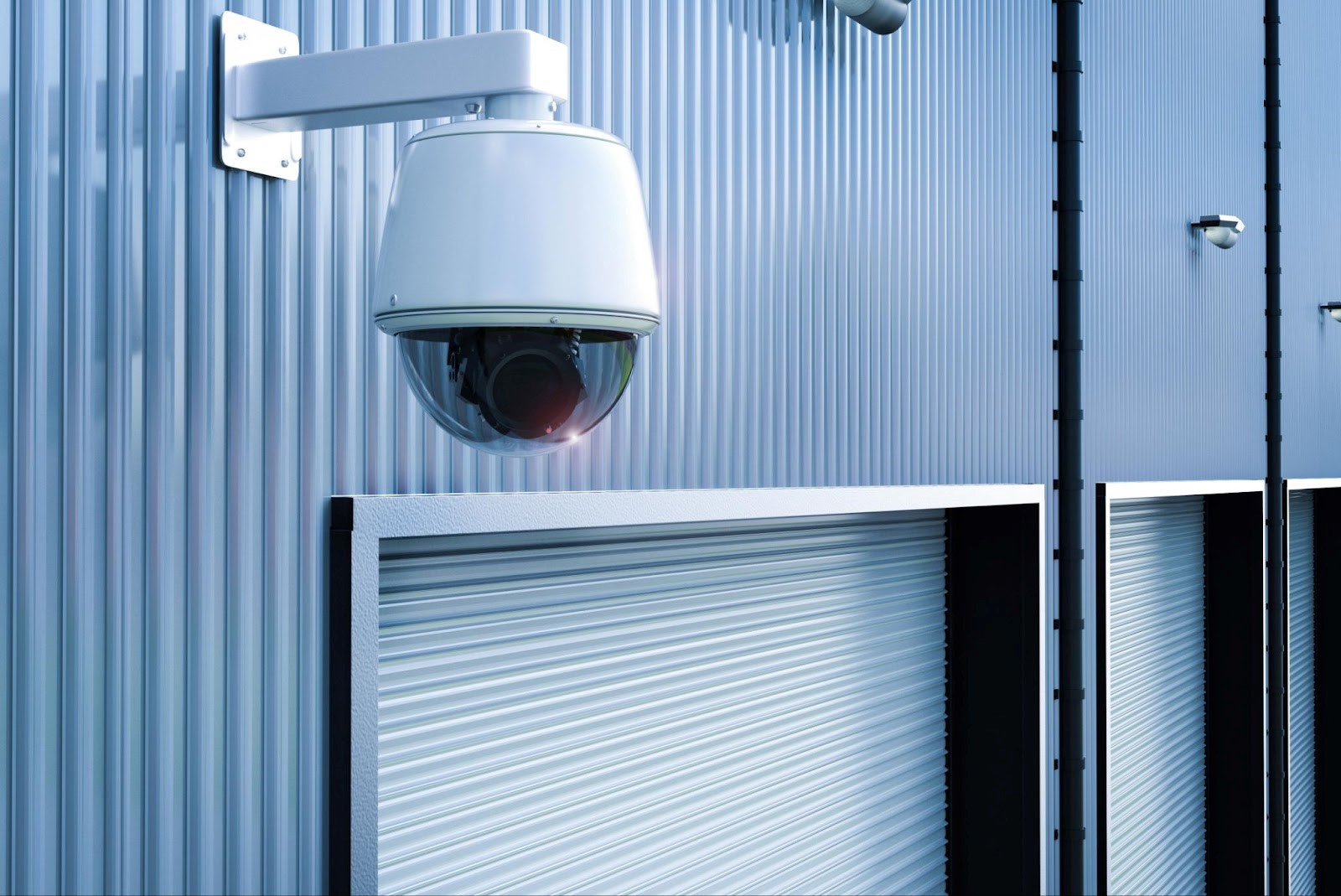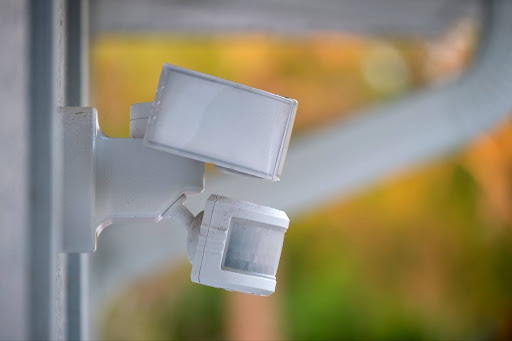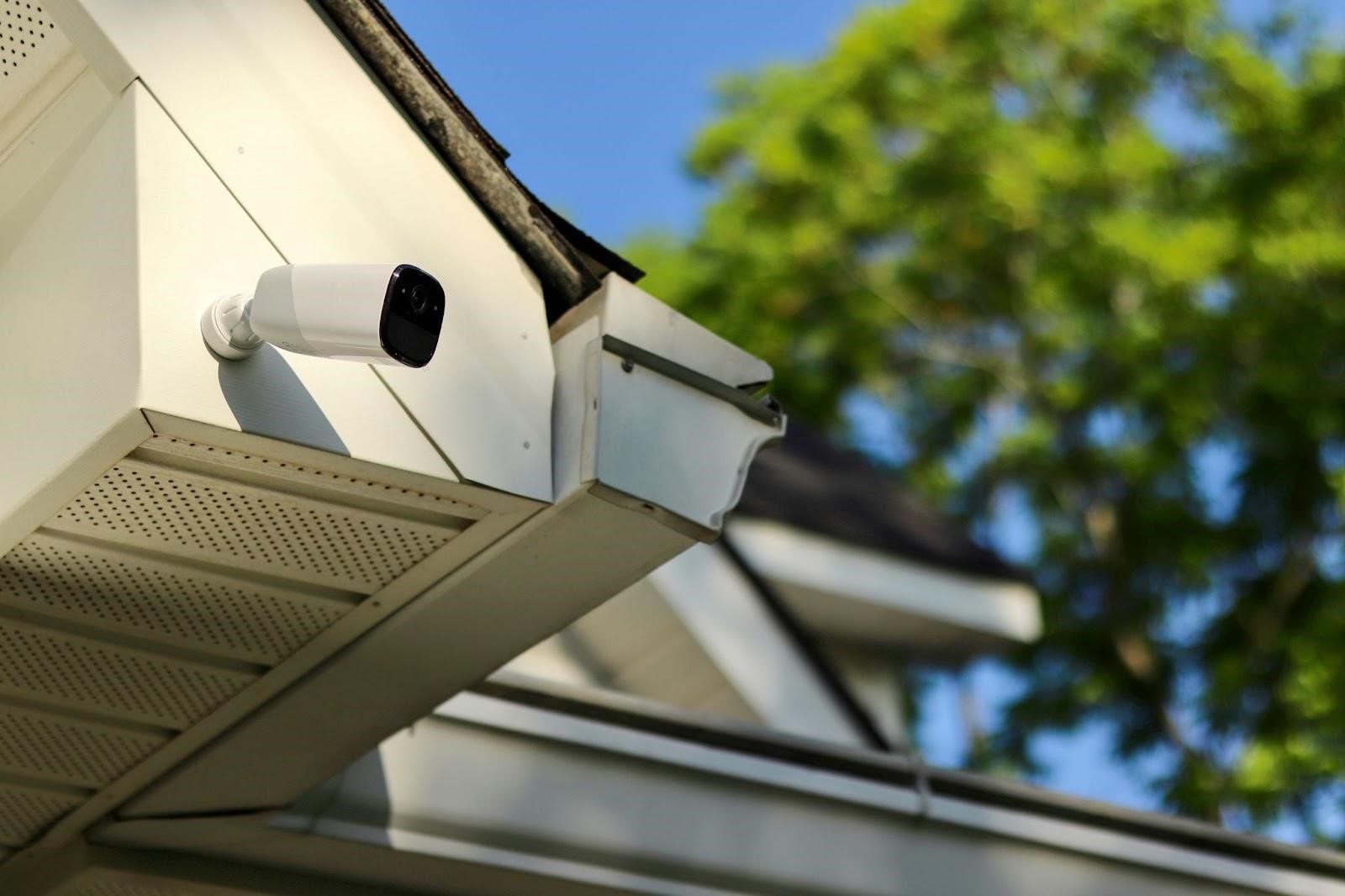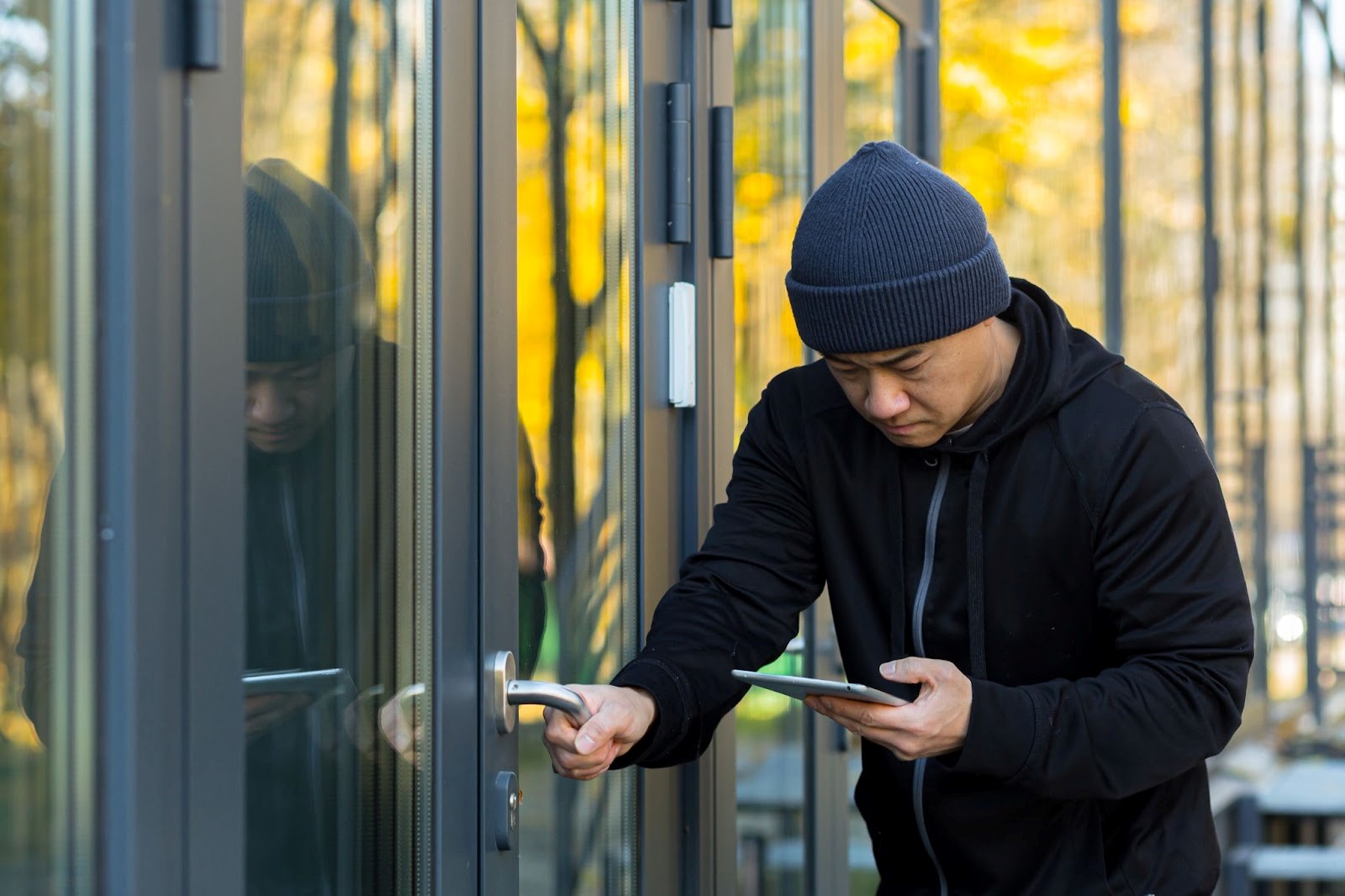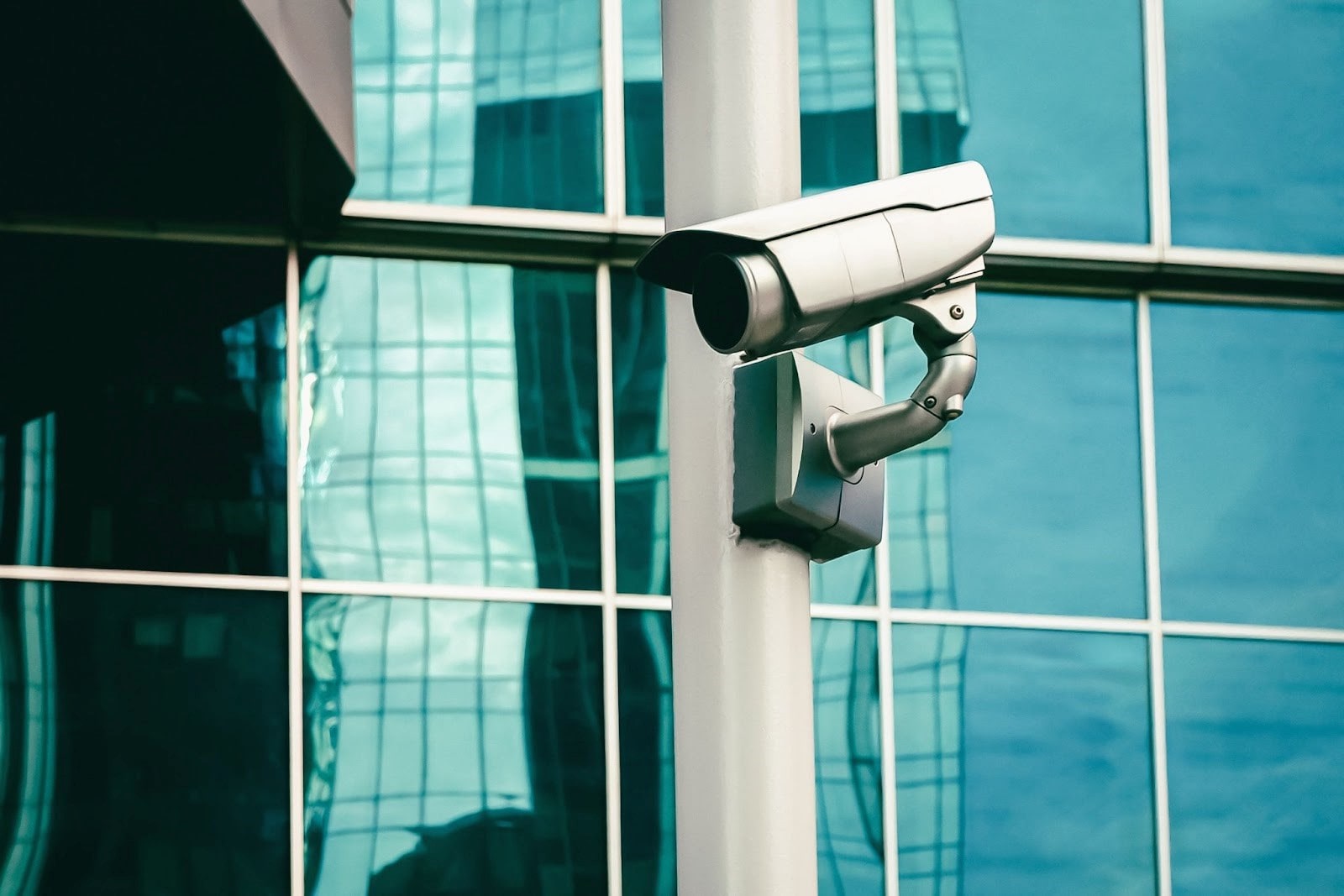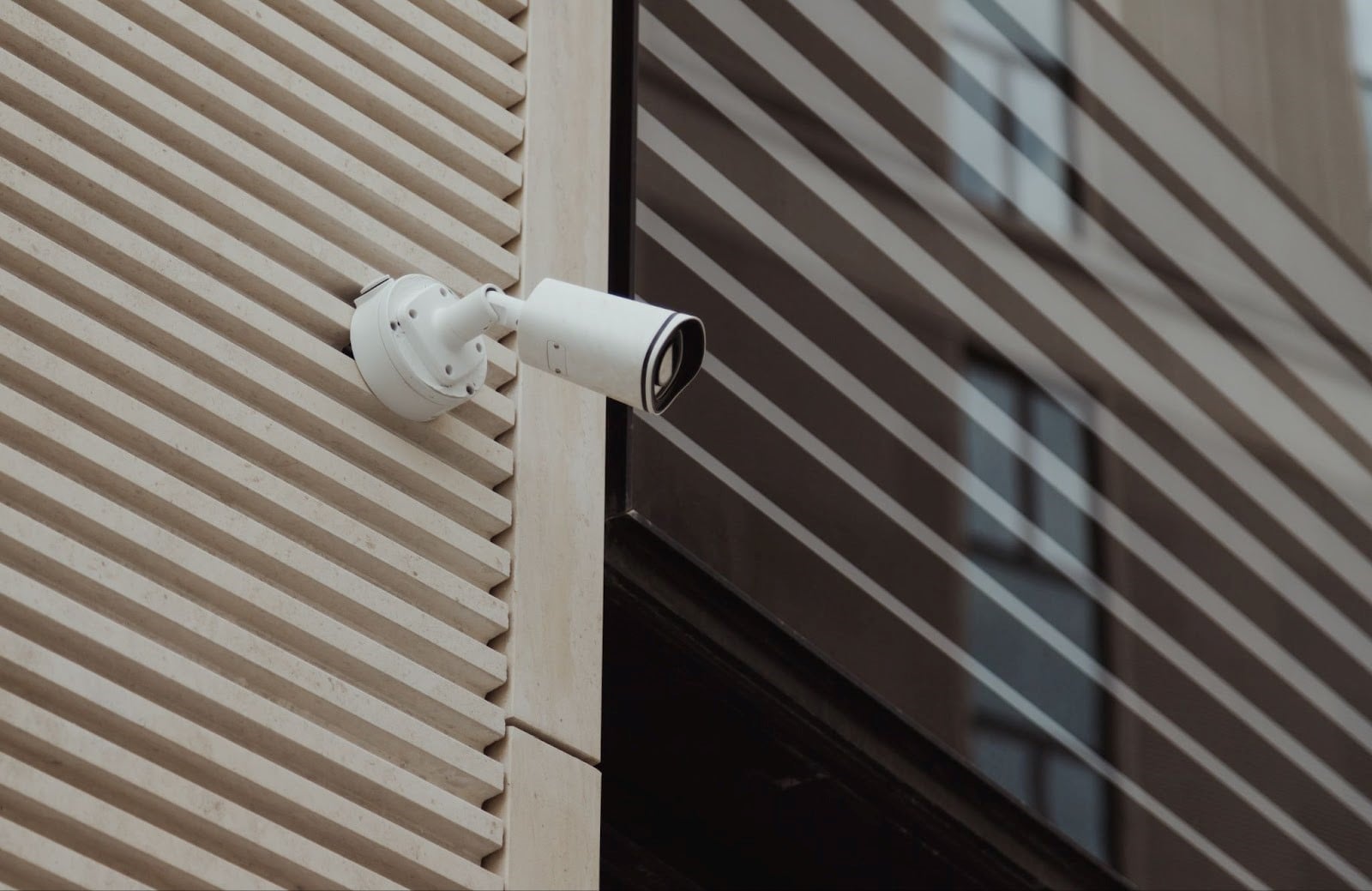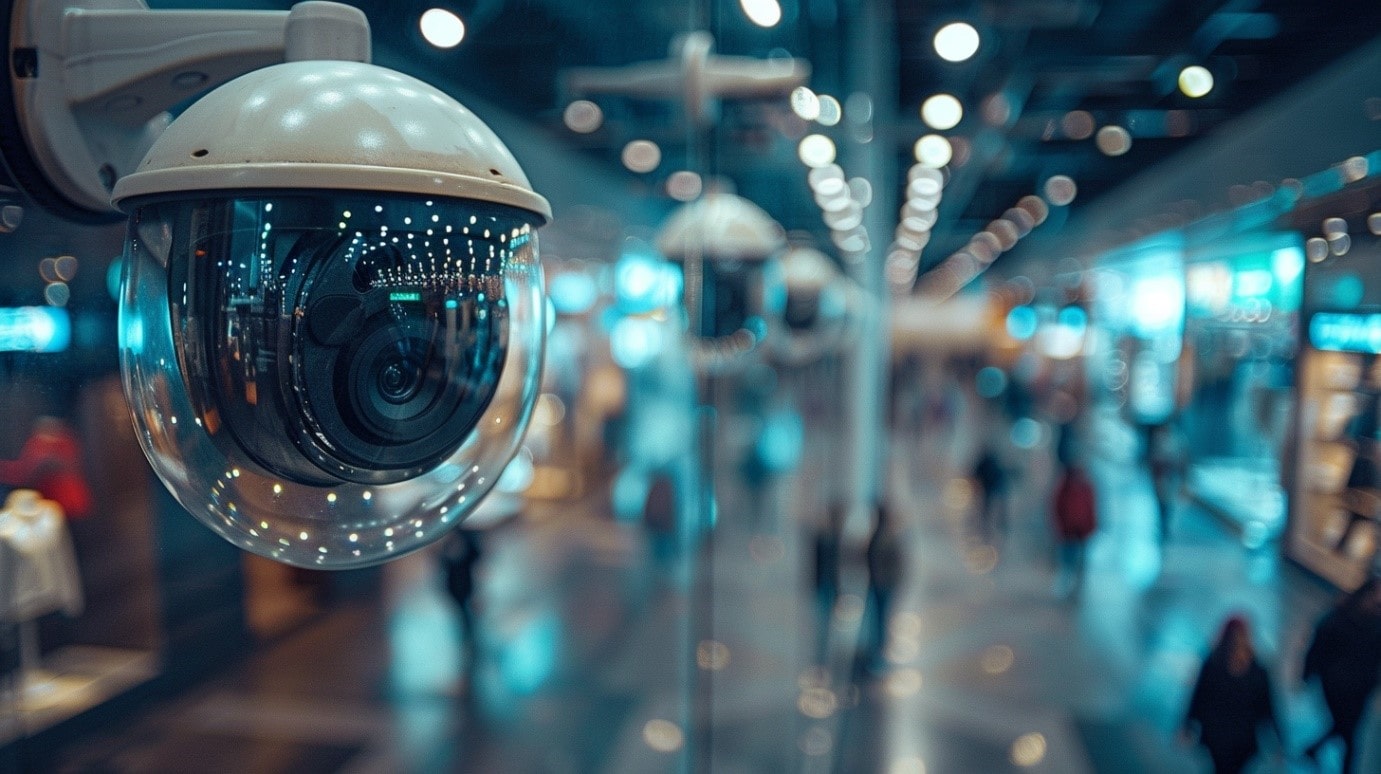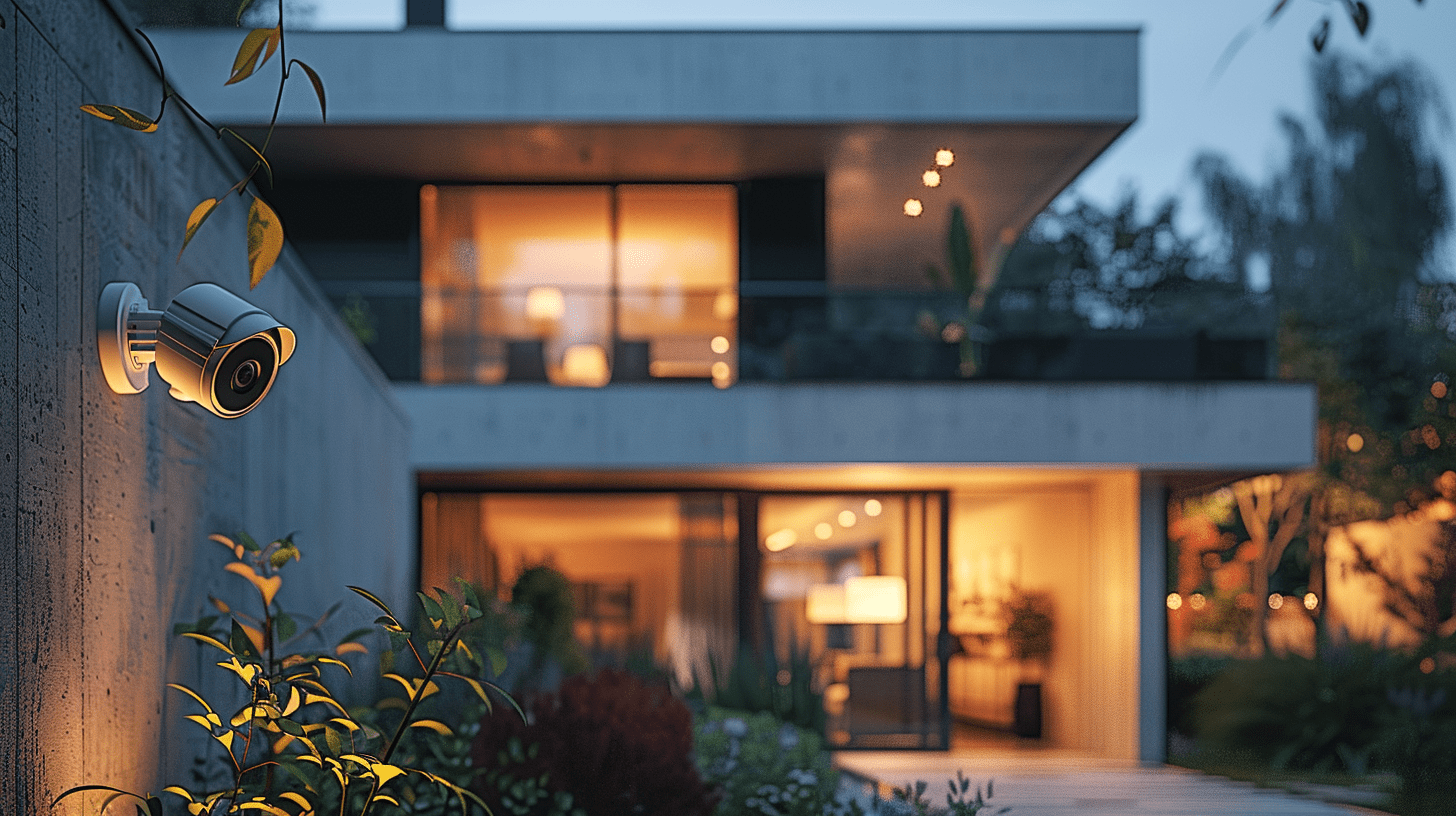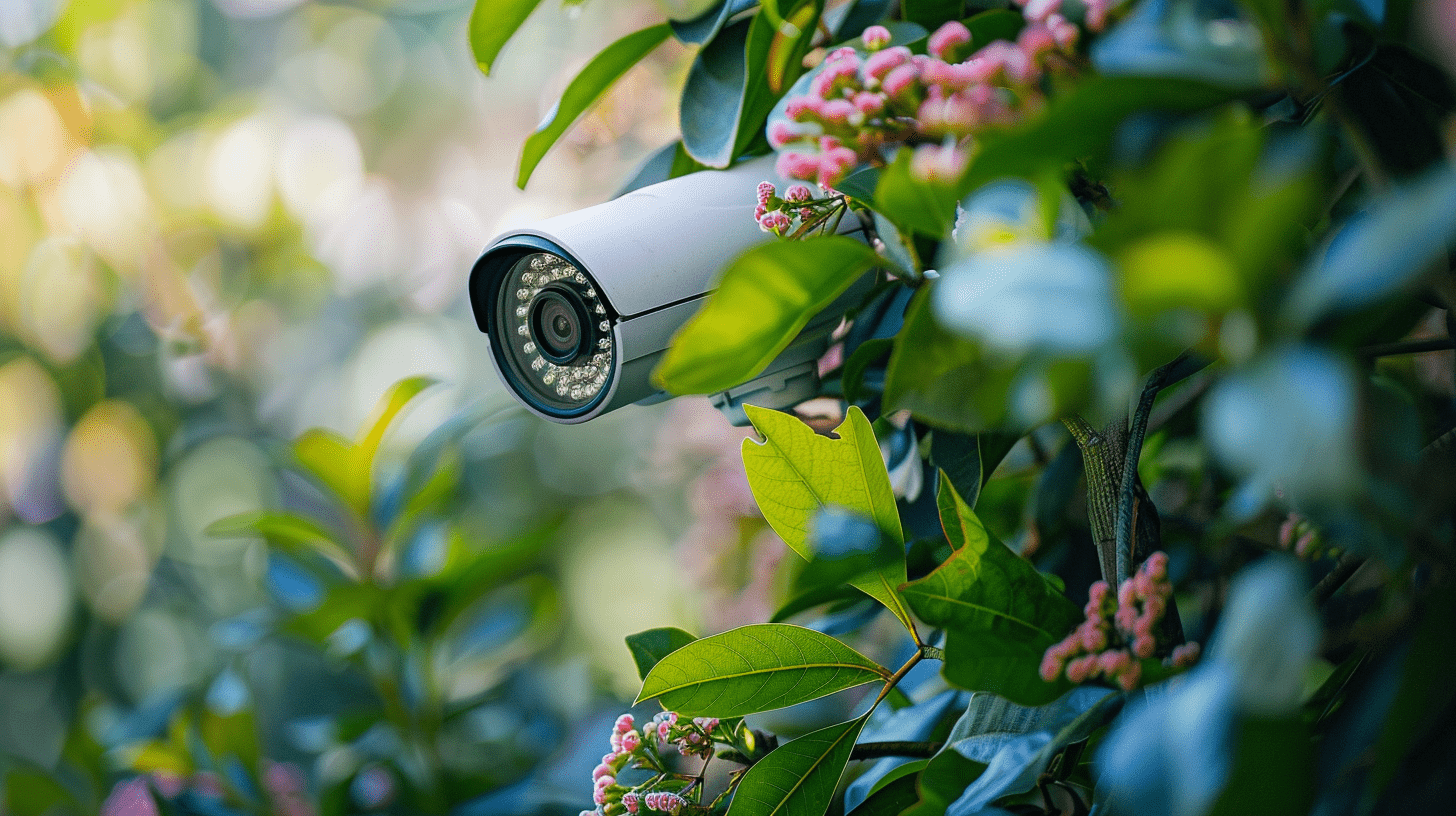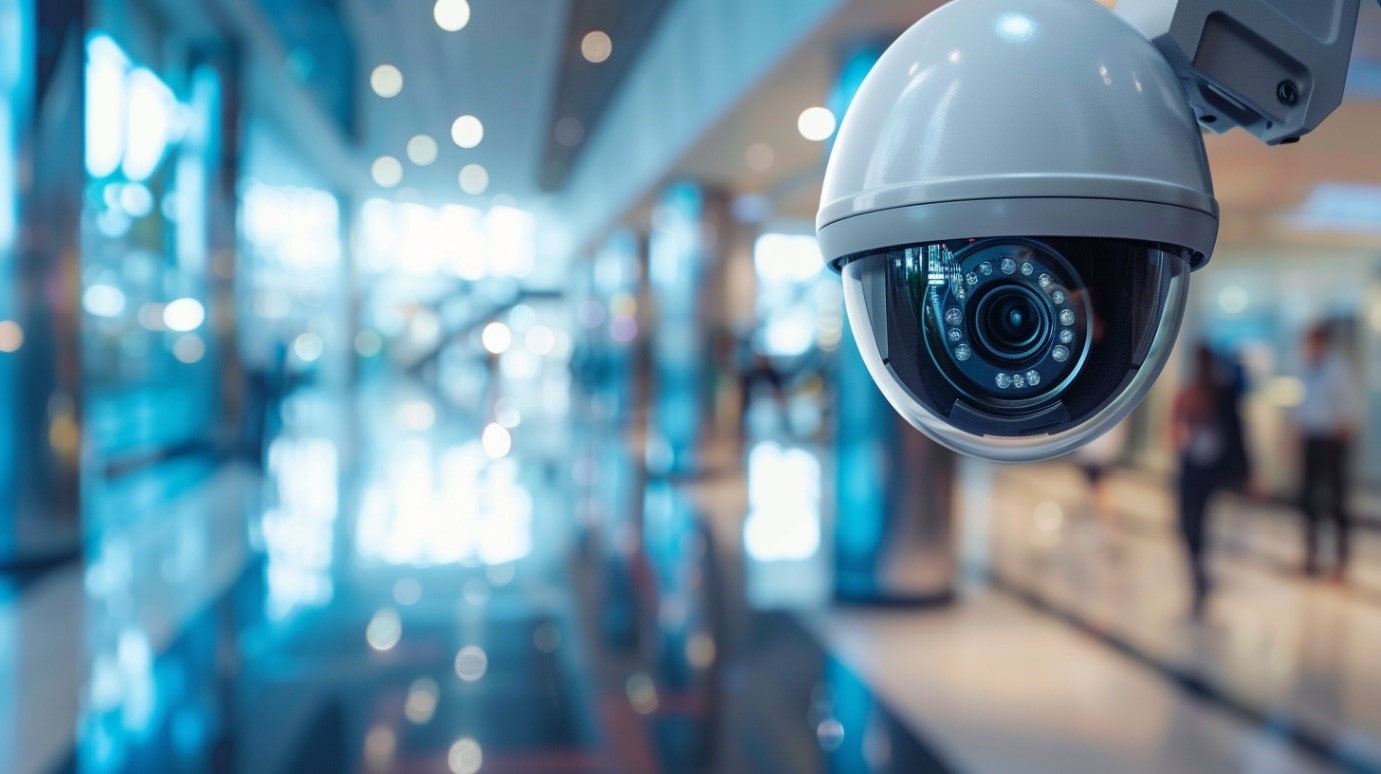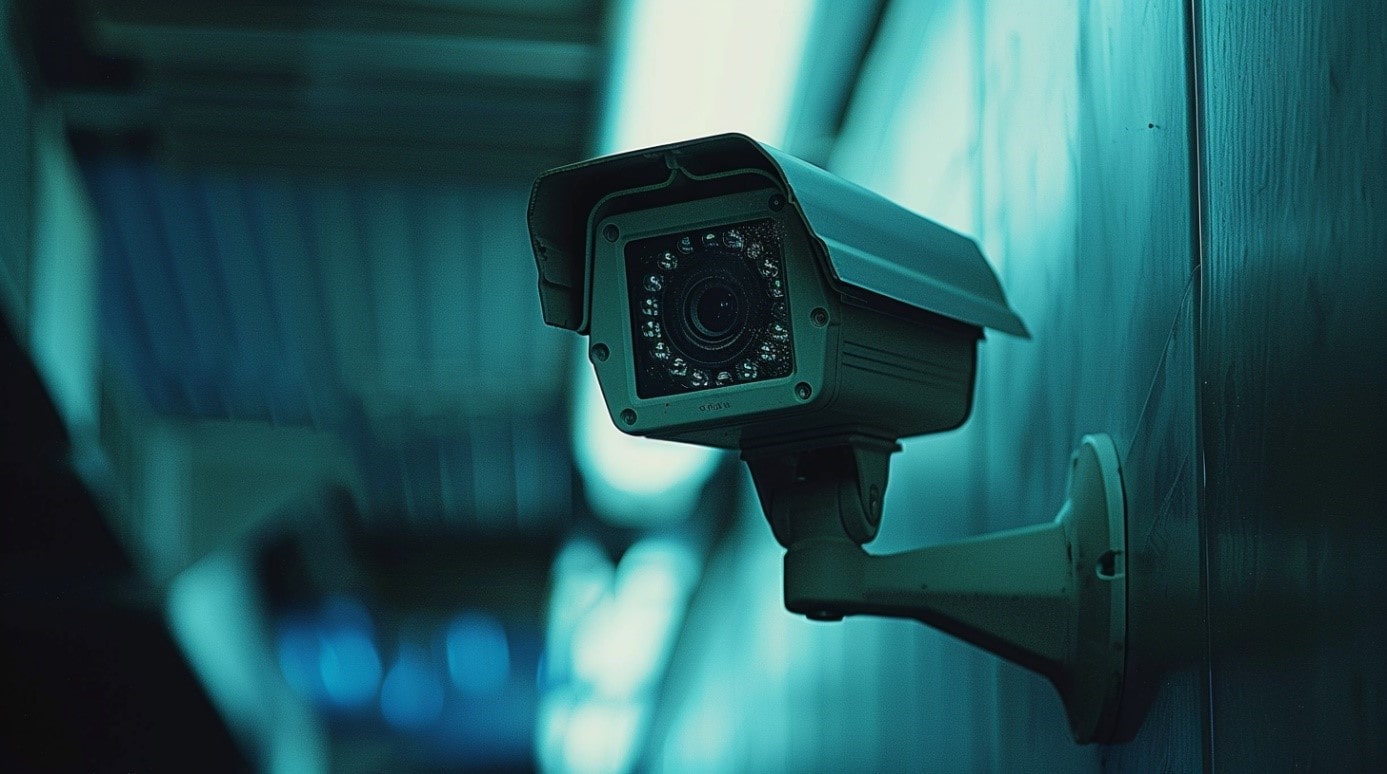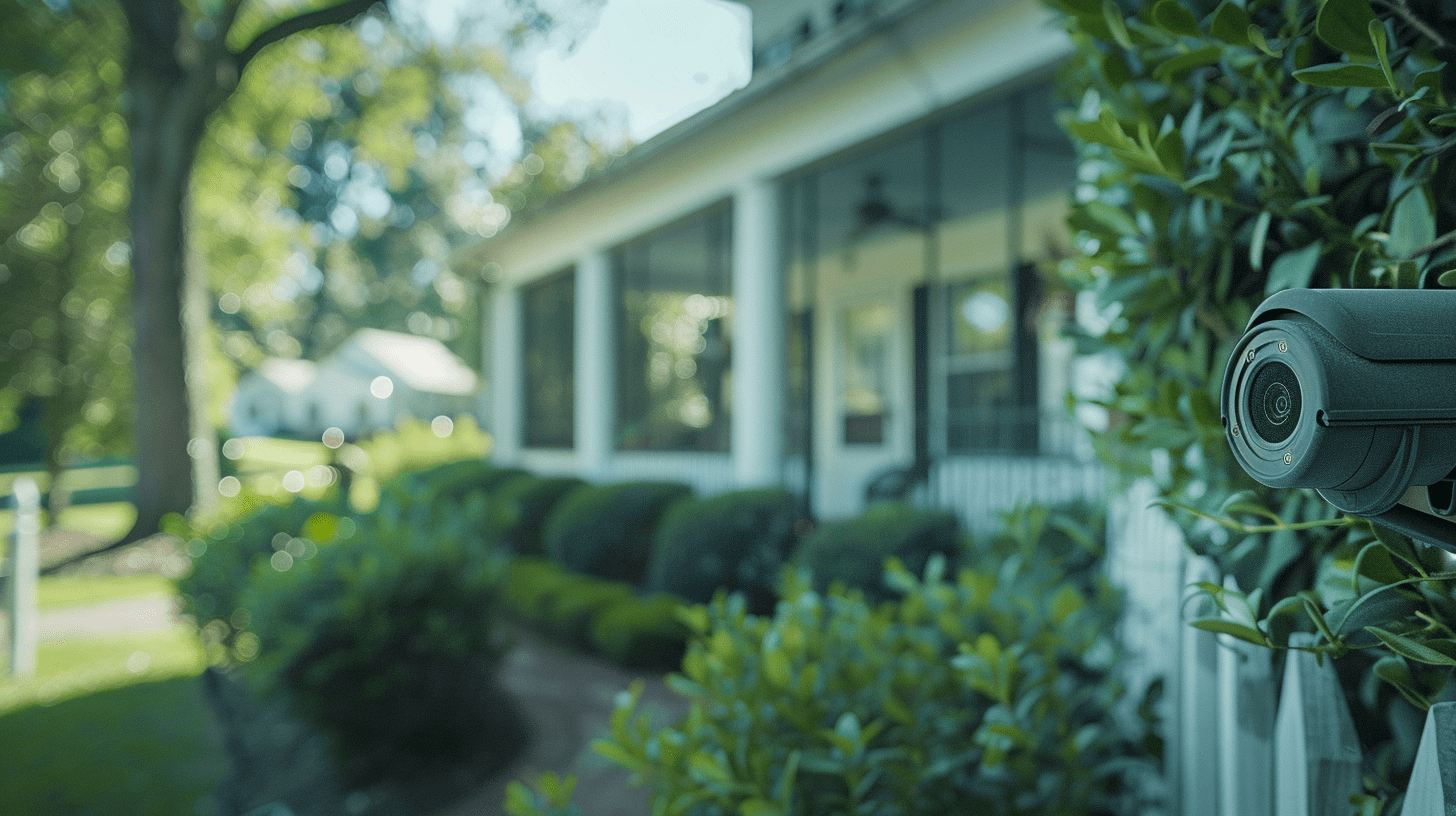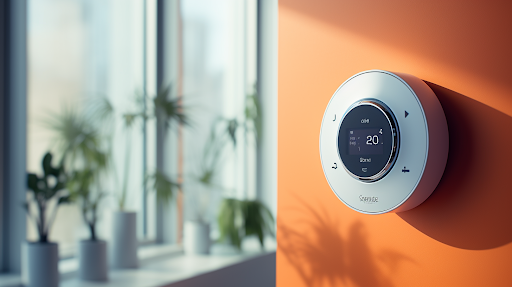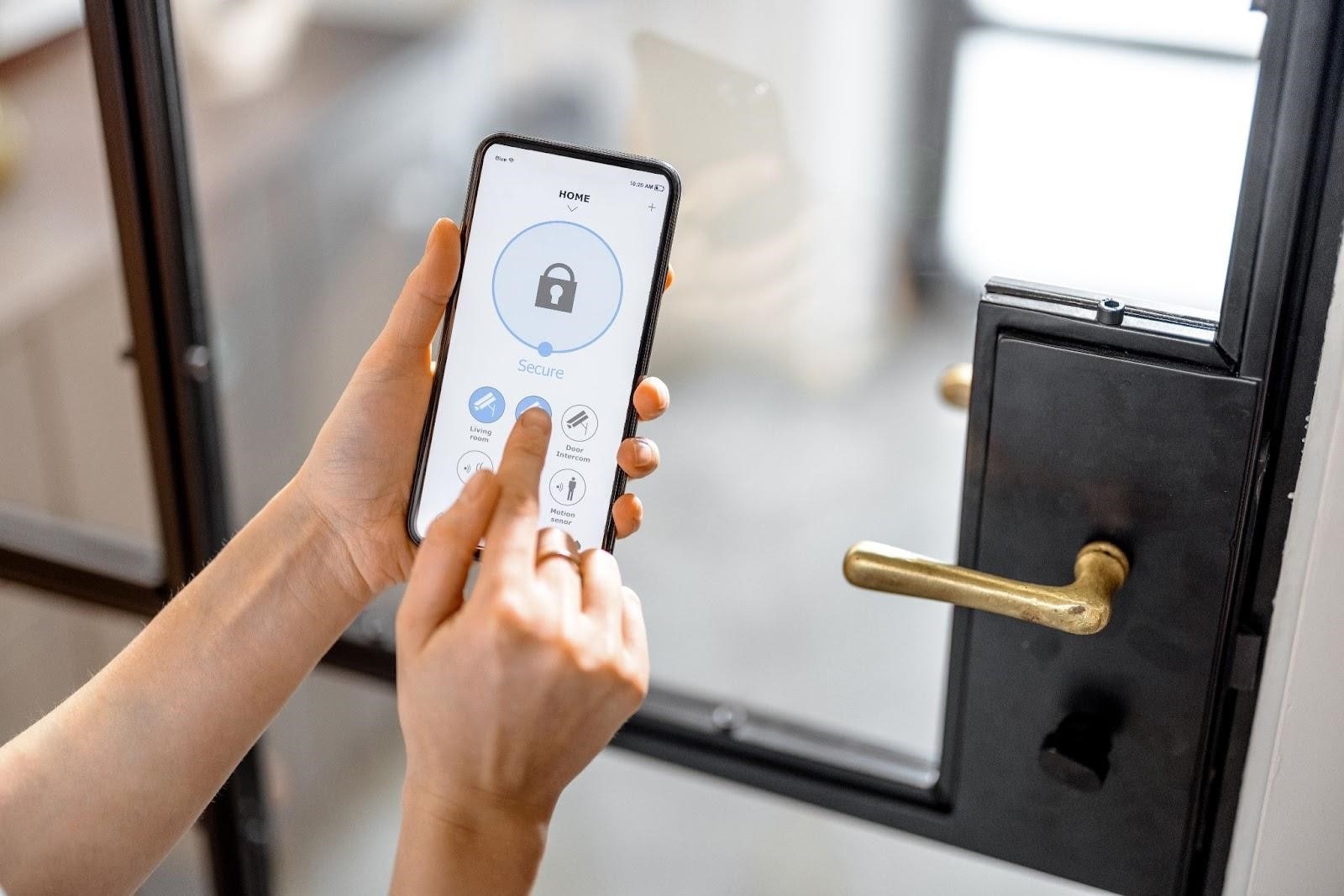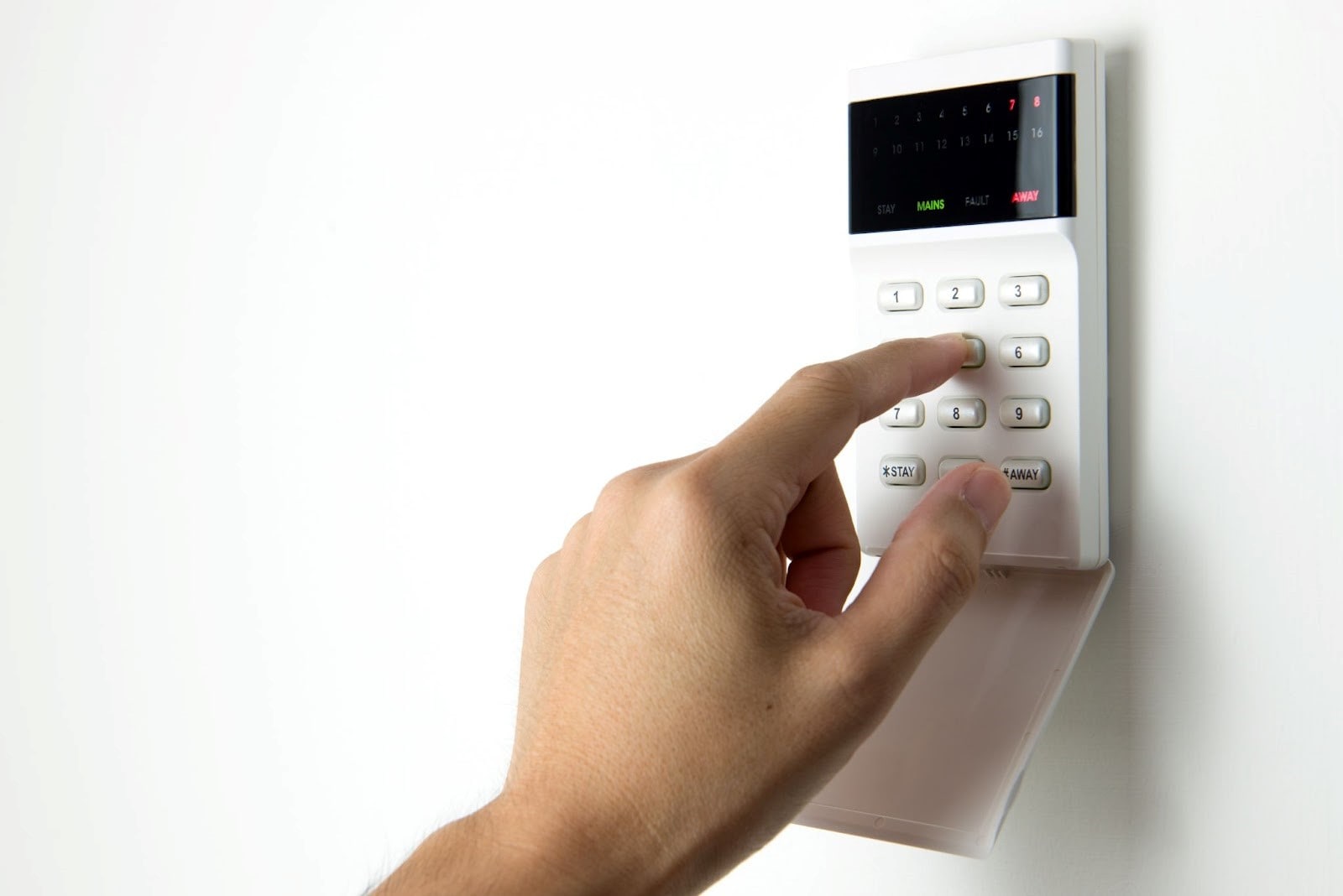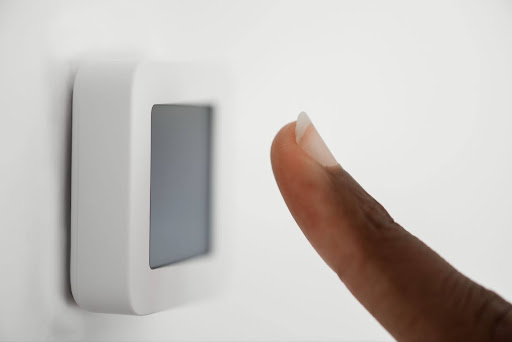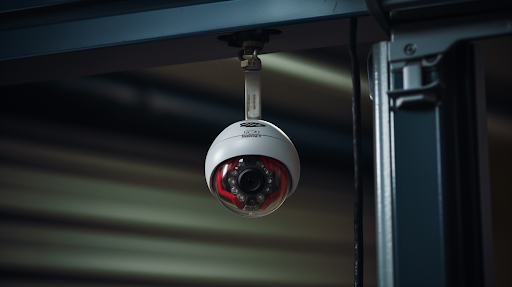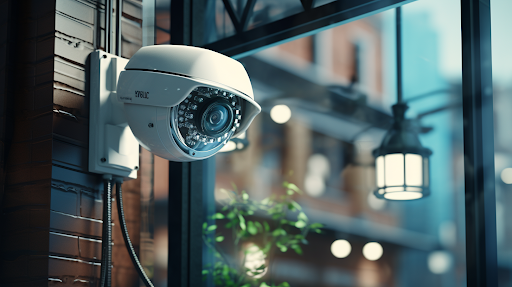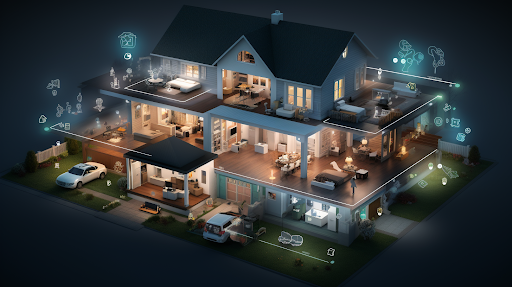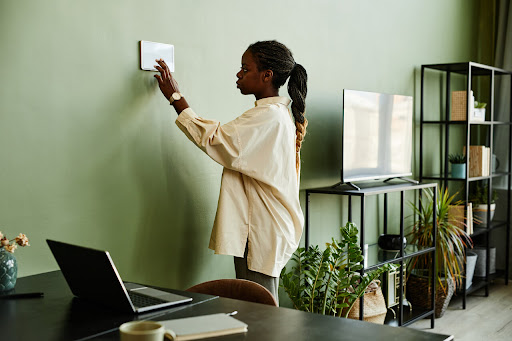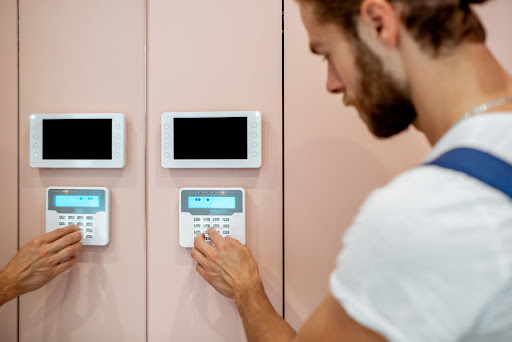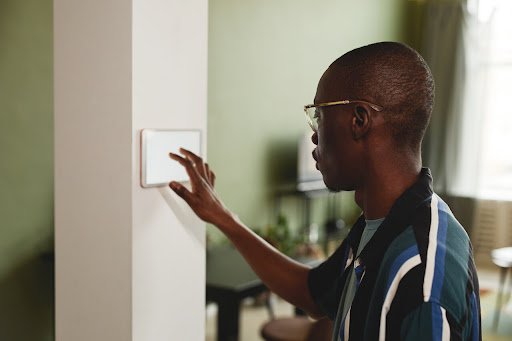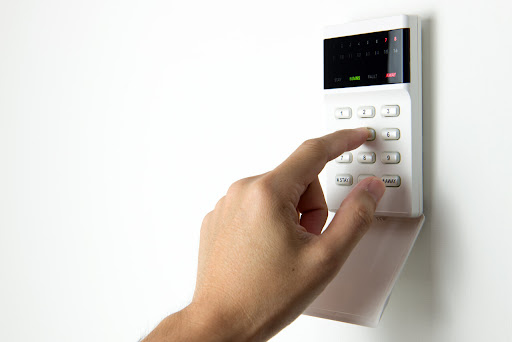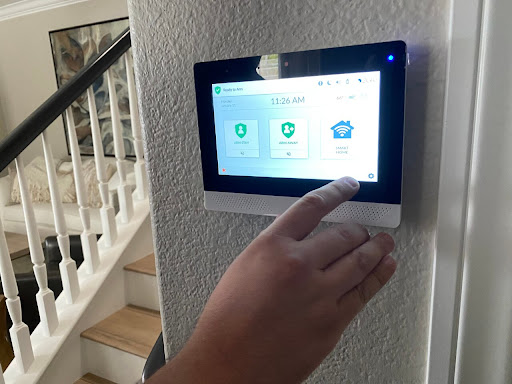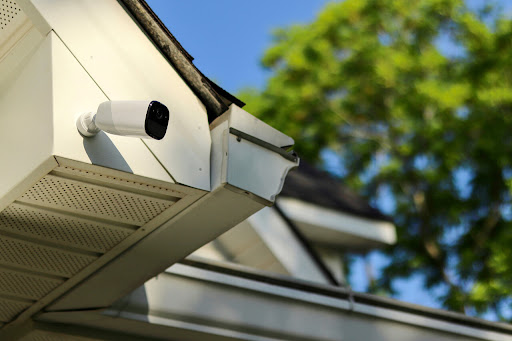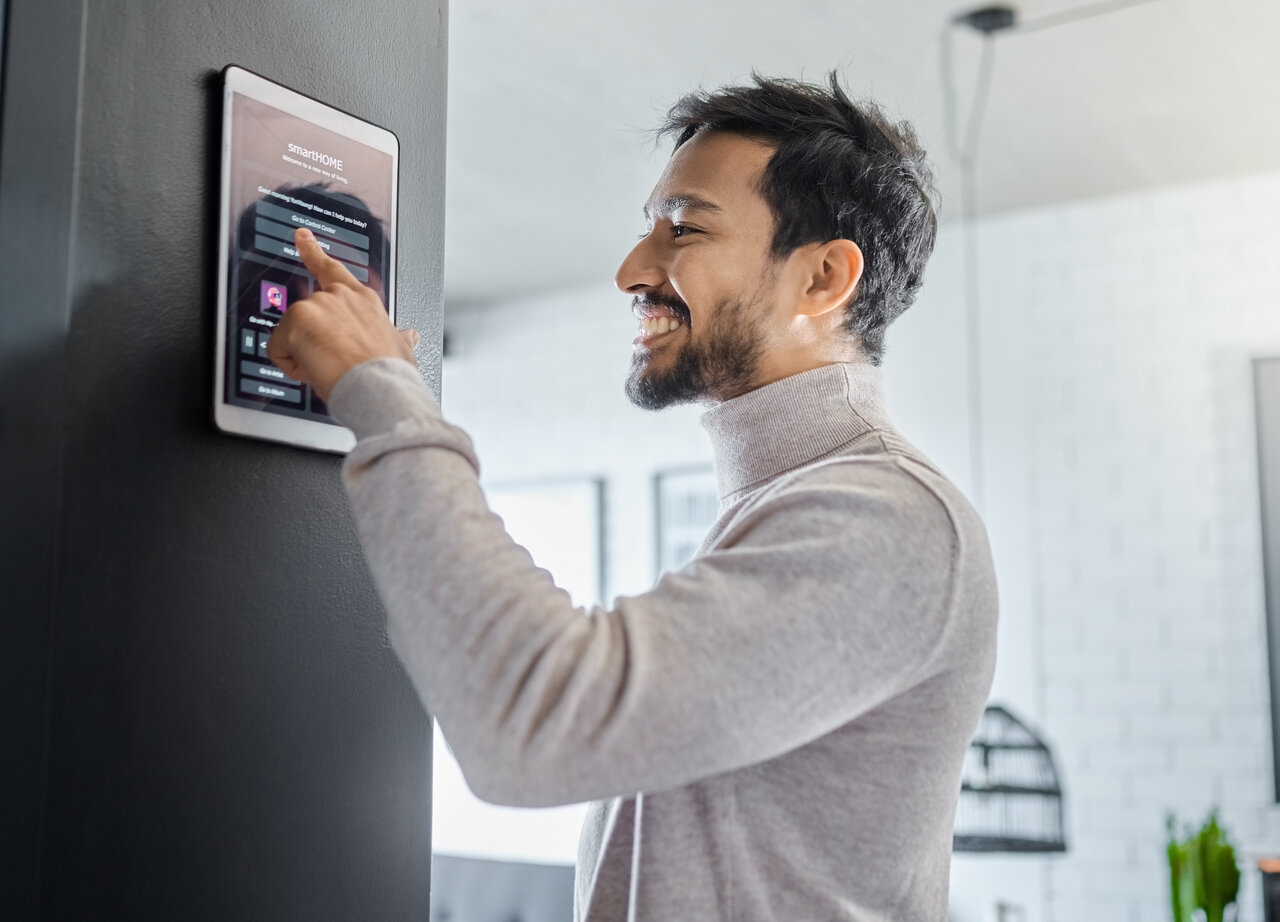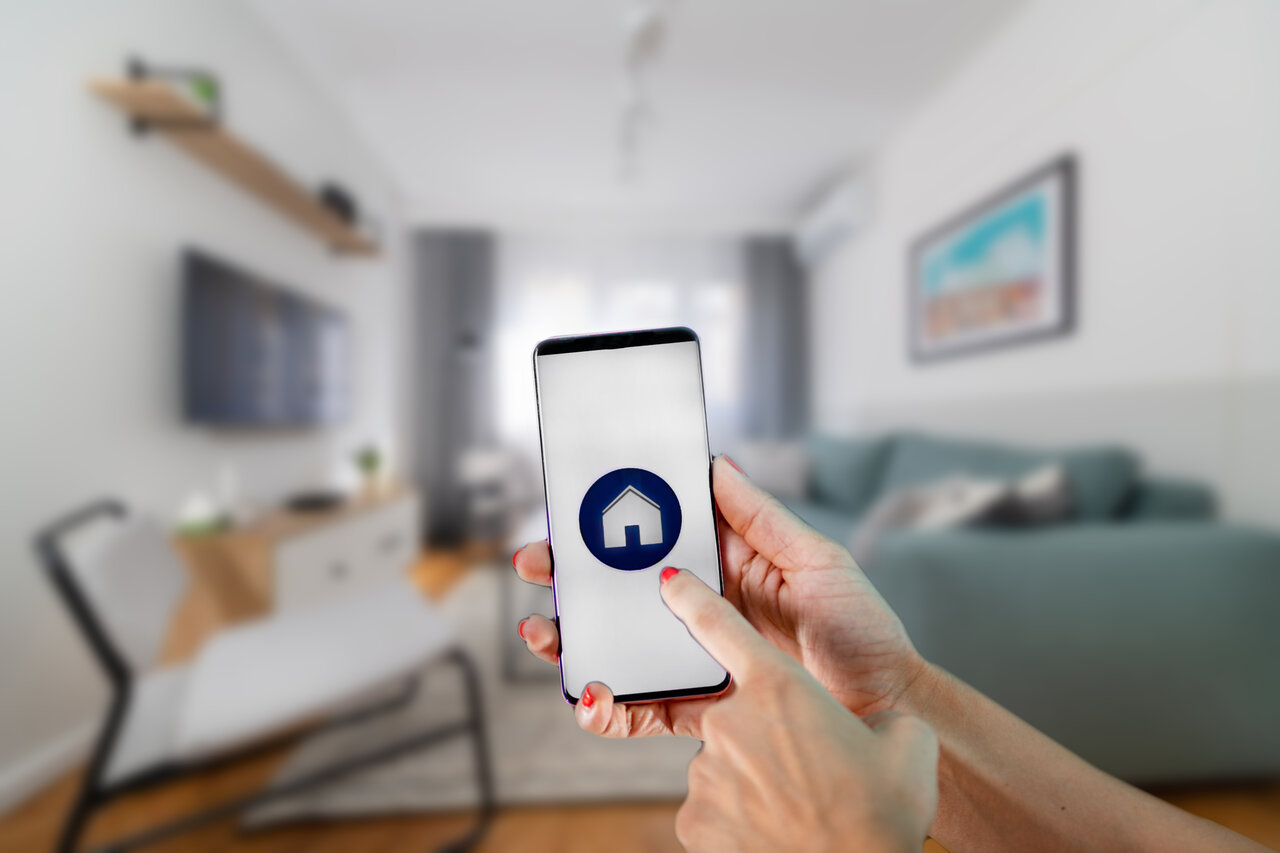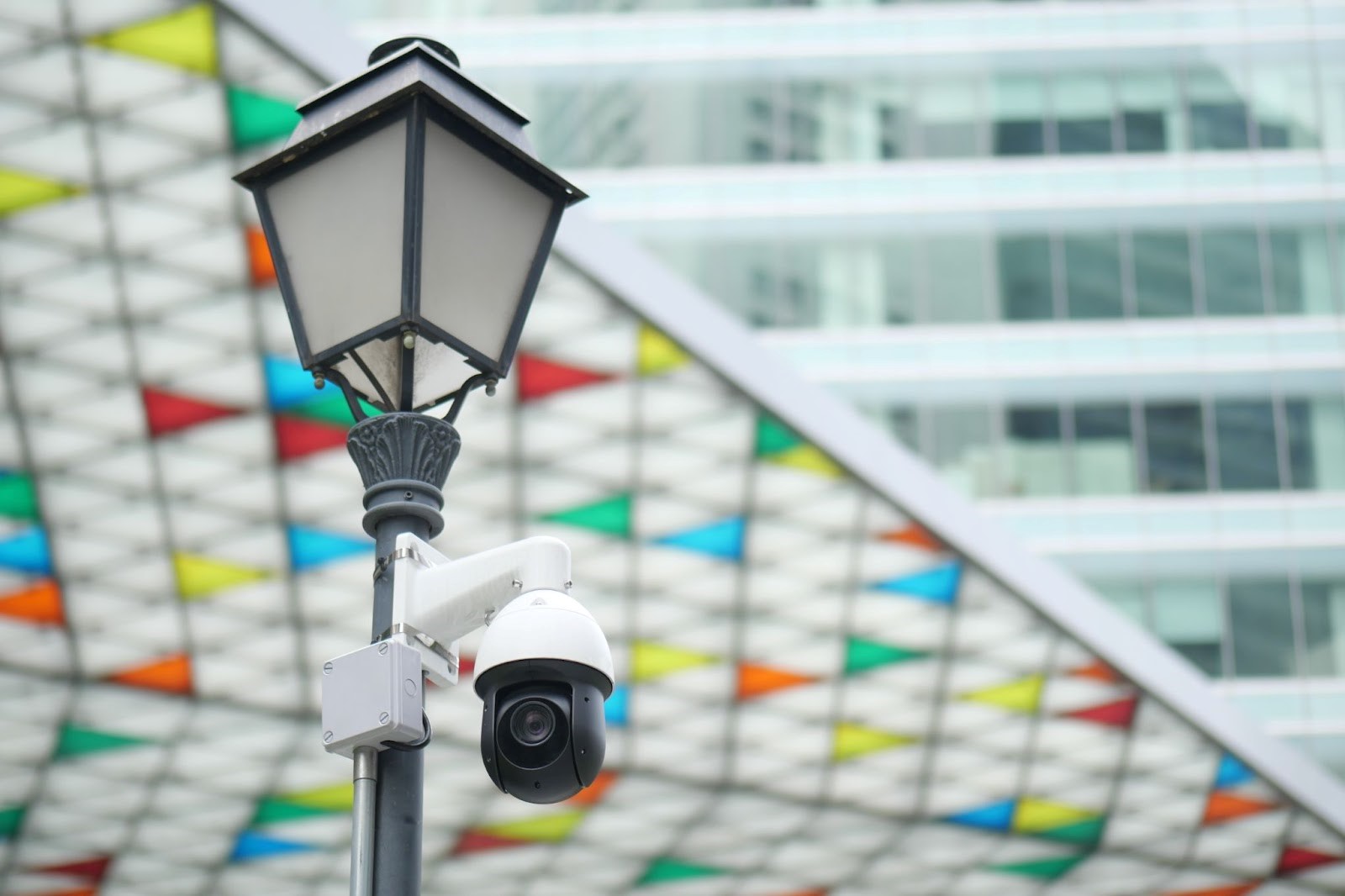
What is CCTV? Closed-Circuit Television in Modern Security
Sommaire
- What is CCTV?
- The Key Features of a CCTV System
- How do CCTV Cameras and Surveillance Cameras Compare?
- CCTV Cameras (Closed-Circuit Television)
- Surveillance Cameras (Modern/Network-Based)
- 5 Essential Benefits of CCTV Security System Installation
- 1. Deter Criminal Activity and Reduce Crime Rates
- 2. Monitor Workplace Activity and Identify Irregular Behavior
- 3. Protect Assets and Enhance On-Site Security
- 4. Capture High-Quality Images for Evidence
- 5. Strengthen Incident Response and Compliance Oversight
- Sting Security: Smart Surveillance for Modern Needs
- Integrated Security for Complete Protection
- High-Resolution IP Cameras with Smart Analytics
- Access Control with a Proactive Approach
- Tailored Installations and Scalable Solutions
- Support and Peace of Mind
- Sting Security: Smart Home and Business Surveillance Solutions
In today’s world, protecting your home, business, or public space has never been more critical—and one of the most effective tools in modern security is CCTV (Closed-Circuit Television). CCTV systems are designed specifically for surveillance, offering real-time monitoring and video recording of your property.
Whether you’re looking to deter theft, monitor activity, or gather evidence, CCTV cameras play a key role in enhancing safety. In this article, we’ll explain what CCTV is, how it works, and why it’s an essential part of any effective security system.
What is CCTV?
CCTV, or closed-circuit television, refers to a system where surveillance cameras capture video footage and transmit it to a private network of monitors and digital video recorders. This type of system is used extensively for crime prevention, property protection, and employee monitoring in both residential and commercial settings.
At Sting Security, we go beyond traditional CCTV by delivering professionally installed, fully integrated surveillance systems that prioritize both convenience and protection. Our solutions combine high-definition security cameras with advanced smart technology, enabling you to monitor your property in real time, receive instant alerts, and access live or recorded footage anytime, anywhere—directly from your smartphone.
Discover the Best Security Solutions for Your Home or Business
The Key Features of a CCTV System
A reliable CCTV security system is made up of several core components that work together to provide effective surveillance and monitoring. Here’s a breakdown of each part and its role:
- Surveillance Cameras: These are the eyes of the system. Depending on your needs, you can choose from analog cameras, digital cameras, or IP (Internet Protocol) cameras. Many modern cameras offer high-resolution video and infrared light capabilities to capture clear footage even in low-light or nighttime conditions.
- Video Recorders: These devices store the video footage captured by your cameras. There are two main types:
-
-
- DVRs (Digital Video Recorders): Used with analog systems, they record footage onto a local hard drive.
- NVRs (Network Video Recorders): Designed for IP camera systems, these recorders offer higher resolution and support remote access via the internet or a mobile app.
-
- Cables and Connectors: These are essential for transmitting power and video signals between system components. Depending on your setup, this could include coaxial cables for analog systems or Ethernet cables for digital/IP systems. Some setups use Power over Ethernet (PoE), which delivers both power and data through a single cable.
- Monitors: These display real-time or recorded surveillance footage, allowing security personnel or business owners to keep an eye on what’s happening. A system may have a single monitor or multiple screens, depending on the size and complexity of the setup.
- Storage Solutions: A CCTV system needs a place to store the footage. Options include local storage (such as memory cards, hard drives, or video capture cards) or Cloud storage for remote access and backup. The choice depends on the required storage space, accessibility, and data security preferences.
The Best Commercial Security Systems: Advanced Features, Costs, and Options
How do CCTV Cameras and Surveillance Cameras Compare?
CCTV Cameras (Closed-Circuit Television)
- Closed system: Footage is transmitted to a limited number of monitors or recording devices.
- Typically wired: Uses analog or digital connections; often requires on-site recording and monitoring.
- No internet access by default: Not designed for remote viewing unless upgraded with network capabilities.
- Common uses: Banks, factories, warehouses, and secure facilities.
- Main focus: Continuous monitoring and local recording for security purposes.
Surveillance Cameras (Modern/Network-Based)
- Broad term: Includes CCTV, but also covers internet-connected systems like IP cameras.
- Connected system: Footage can be transmitted over Wi-Fi or Ethernet, often to cloud-based storage.
- Remote access: View live or recorded footage from smartphones, tablets, or computers.
- Smart features: Often include motion detection, AI analytics, facial recognition, and alerts.
- Common uses: Homes, offices, retail stores, and smart buildings.
- Main focus: Real-time access, smart monitoring, and flexible coverage.
5 Essential Benefits of CCTV Security System Installation
1. Deter Criminal Activity and Reduce Crime Rates
Visible security camera systems serve as a strong deterrent to potential criminals by increasing the risk of being caught. With real-time surveillance and motion detection, CCTV systems help deter theft, monitor activity, and strengthen overall security within commercial properties. They also support incident response and loss prevention efforts.
2. Monitor Workplace Activity and Identify Irregular Behavior
CCTV systems allow businesses to monitor day-to-day operations, promote accountability, and ensure that workplace protocols are being followed. Video surveillance can assist in reviewing safety incidents, resolving disputes, and identifying internal theft or policy violations—providing clear, time-stamped footage when needed.
3. Protect Assets and Enhance On-Site Security
Strategically positioned security cameras help safeguard high-value areas such as entrances, loading docks, parking lots, and storage facilities. By deterring unauthorized access and capturing real-time footage, these systems reduce the risk of property damage or theft. Motion detection technology also helps ensure rapid response by triggering alerts when unexpected activity occurs—even in fast-moving environments.
4. Capture High-Quality Images for Evidence
Modern CCTV systems use high-definition digital cameras equipped with advanced image sensors to deliver sharp, detailed video and still images. This clarity is essential for identifying license plates, individuals, or suspicious behavior, and serves as reliable evidence in internal reviews or legal investigations. Enhanced storage capacity also ensures important footage is archived securely and retrievable when needed.
5. Strengthen Incident Response and Compliance Oversight
CCTV systems help commercial businesses respond quickly to incidents such as accidents, unauthorized access, or safety violations. Real-time monitoring combined with video analytics allows for faster decision-making, improved emergency response, and better documentation to support internal audits or compliance with industry regulations.
5 Key Trends Reshaping Business Security
Sting Security: Smart Surveillance for Modern Needs
At Sting Security, our commercial security systems are engineered to meet the demands of today’s businesses through a powerful blend of advanced technology, IP-based systems, and mobile-accessible platforms. Whether you’re safeguarding a small office or a high-traffic enterprise, we deliver comprehensive security solutions that scale with your needs and support daily operations around the clock.
Integrated Security for Complete Protection
Our commercial systems bring together the key components of modern security infrastructure—including video surveillance, access control, and real-time alarm systems—into one streamlined platform. Designed to protect your facility, assets, and employees, our systems provide 24/7 security monitoring with real-time alerts, ensuring that any security events are detected and addressed promptly.
High-Resolution IP Cameras with Smart Analytics
Unlike outdated analog systems that rely on coax cables and broadcast television-style signals, our IP security cameras use digital technology to capture and transmit high-resolution images, day or night. These digital systems not only record activity but also help analyze traffic flow in high-use areas, monitor entrances and exits, and improve employee productivity by keeping an eye on employees in sensitive zones.
Access Control with a Proactive Approach
Our access control systems ensure that only authorized personnel can access restricted areas, using advanced features like biometric authentication, keycard access, remote access management, and real-time alerts. This layered approach not only protects valuable assets but also enhances staff safety, reinforces employee accountability, and supports full compliance with privacy regulations.
Tailored Installations and Scalable Solutions
Every business is unique. That’s why we begin each security project with a full consultation and property assessment, allowing us to tailor our surveillance capabilities to your layout, risk level, and operations. From retail stores and hotels to commercial complexes and multi-site operations, our solutions offer flexible features and integrations.
Support and Peace of Mind
Our professional security staff ensures a smooth installation process with minimal disruption to your operations. Once installed, you’ll benefit from ongoing support, network monitoring software, and remote diagnostics. Whether you’re responding to safety breaches, managing staff safety, or simply reviewing security footage for reporting purposes, we make it easy to stay informed and in control.
With Sting Security, you’re not just installing a camera or alarm—you’re partnering with a team dedicated to 24/7 surveillance, giving you the peace of mind that your people, property, and operations are protected by the most advanced security technology in the industry.
Flexible Security Plans for Your Unique Needs
Sting Security: Smart Home and Business Surveillance Solutions
At Sting Security, we deliver intelligent, scalable security solutions designed to meet the specific needs of homes and businesses throughout Montreal. By combining advanced technology with professional installation and dependable support, we help you protect what matters most. Whether you’re protecting your property, monitoring live activity, or proactively preventing threats, Sting Security ensures you stay secure, aware, and in control—every step of the way.





